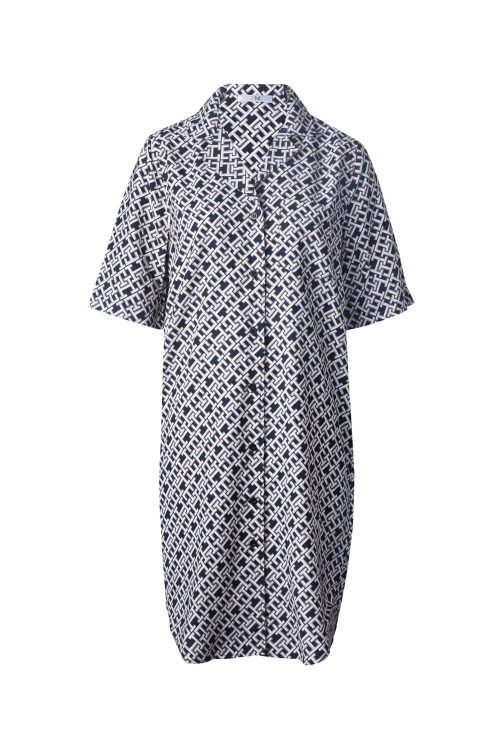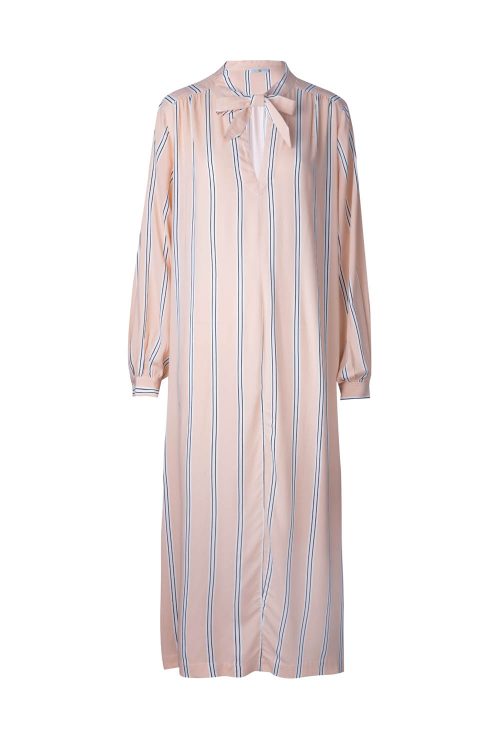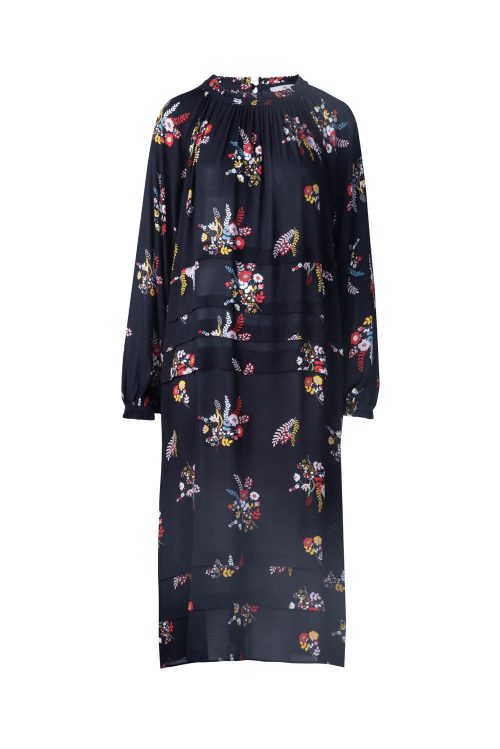
Introduction to OEM Water Jetting Safety Clothing
High-pressure water jetting is a powerful tool used across various industries for cleaning, cutting, and surface preparation. Given the potential hazards associated with high-pressure water streams, such as injuries from jets penetrating the skin, the importance of specialized safety clothing cannot be overstated. OEM (Original Equipment Manufacturer) safety clothing specifically designed for water jetting provides tailored protection, enhancing safety and compliance.
What is OEM?
In the context of safety clothing, OEM refers to companies that design and manufacture specialized apparel that other firms then market and distribute. This approach allows for high levels of customization and adaptation to specific industrial needs, ensuring that the safety clothing meets exact requirements for protection and performance.
Importance of Water Jetting Safety
Water jetting can generate pressures exceeding 40,000 psi, which can cause severe injuries if proper safety measures are not in place. OEM safety clothing for water jetting is engineered to withstand such extreme pressures, offering crucial protection for operators.
Design Features of Water Jetting Safety Apparel
The design of water jetting safety clothing is critical in ensuring that it offers the necessary level of protection while maintaining comfort and mobility for the user.
Material Choices
The materials used in these garments are selected for their high tensile strength and resistance to penetration. Common materials include layers of high-density fibers that can deflect or absorb the energy of high-pressure jets.
Protective Enhancements
Additional enhancements may include reinforced panels in high-risk areas, such as the front of the legs and arms, and water-resistant coatings to prevent the fabric from becoming heavy and cumbersome when wet.
Benefits of Using OEM for Water Jetting Safety Gear
Employing OEM capabilities for safety gear provides specific advantages, particularly in terms of garment suitability and regulatory adherence.
Customization Options
OEMs can tailor safety garments to the specific needs of an industry, such as adding extra padding or reflective strips for enhanced visibility, thus improving both safety and user satisfaction.
Compliance with Standards
OEM safety clothing often meets or exceeds international safety standards, ensuring that all garments provide effective protection against the specific hazards encountered in water jetting operations.
Safety Standards and Certifications
Adhering to established safety standards is crucial for the effectiveness and reliability of water jetting safety clothing.
Relevant ISO and EN Standards
Safety clothing for high-pressure water jetting must comply with specific ISO and EN standards, which dictate the minimum requirements for fabric strength, durability, and protective capability.
Certification Processes
Manufacturers must undergo rigorous testing and certification processes to verify that their products meet these standards, ensuring that each garment offers adequate protection.
Technological Innovations in Safety Clothing
Innovation in materials and garment technology significantly enhances the protective qualities of water jetting safety clothing.
Advanced Fabrics
Recent developments include the use of composite materials that provide better resistance to high-pressure jets and improve the overall durability and longevity of the clothing.
Integration of Smart Technology
Future designs may incorporate smart technology, such as sensors that can detect fabric breaches or measure the impact force of water jets, providing real-time data to enhance safety measures.
Maintenance and Care of Safety Apparel
Proper maintenance is essential to ensure the ongoing effectiveness and longevity of water jetting safety clothing.
Cleaning Protocols
Specific cleaning protocols must be followed to avoid damaging the protective fabrics and to ensure that any contaminants from the job site are effectively removed.
Inspection and Replacement
Regular inspections are necessary to check for signs of wear or damage, with immediate replacement of any garment that no longer meets safety standards.
Choosing the Right OEM Safety Clothing
Selecting the appropriate safety clothing is crucial for ensuring the safety and comfort of operators in high-pressure water jetting environments.
Selection Criteria
Key criteria include the level of pressure the clothing can withstand, the flexibility of the material to allow free movement, and the overall fit and comfort of the garment.
User Comfort and Functionality
Ensuring that safety clothing is not only protective but also comfortable and functional can significantly enhance worker compliance and reduce the risk of fatigue-related accidents.
Future Trends in Safety Apparel for Water Jetting
The future of water jetting safety apparel looks promising, with continuous improvements driven by technology and sustainability concerns.
Emerging Technologies
Technological advancements are expected to introduce new materials and designs that offer increased protection and greater comfort, such as lighter, more flexible fabrics that still provide high levels of resistance to water jets.
Sustainability Initiatives
Efforts to make safety clothing more sustainable, including the use of recycled materials and environmentally friendly manufacturing processes, are becoming increasingly important in the industry.
FAQs
What makes OEM water jetting safety clothing unique? OEM water jetting safety clothing is specifically designed to handle the extreme pressures involved in water jetting, providing tailored protection that standard safety gear cannot offer.
How often should water jetting safety clothing be replaced? Replacement schedules depend on the frequency of use and the specific conditions under which the clothing is used. Regular inspections will help determine when garments need to be replaced.
What certifications should be looked for in water jetting safety clothing? Look for certifications that confirm compliance with relevant ISO and EN standards, which ensure that the clothing meets essential safety requirements for high-pressure water jetting.
Can water jetting safety clothing be customized for specific tasks? Yes, OEM providers can customize safety clothing to meet the specific requirements of different tasks within water jetting, such as varying pressure levels and environmental conditions.
What future technologies are expected in water jetting safety apparel? Future technologies may include the use of advanced materials for better protection and smart sensors to monitor safety conditions in real time, enhancing both safety and operational efficiency.




